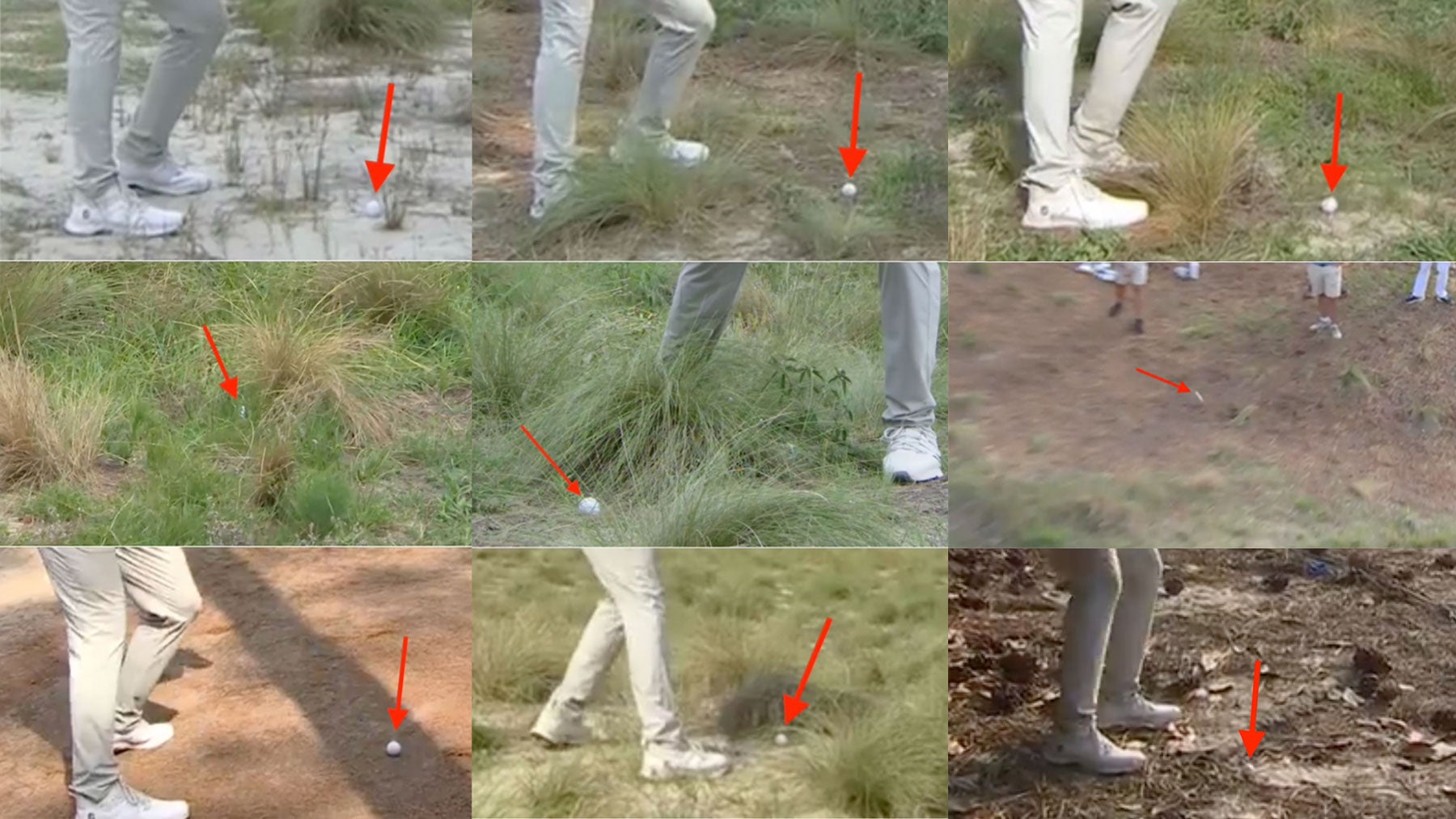How a golf hole is rated, explained by a USGA course-rating expert

A U.S. Open course is tough by any measure. The measure the United States Golf Association uses is the course and slope rating system, which assigns two different numbers meaning two different things. While the course rating tells you how difficult a track is for a scratch player, the slope tells you the relative difficulty of that same course for a bogey golfer.
Sounds simple, right? But determining those numbers requires the keen eyes of trained course raters and a good amount of arithmetic.
We asked Scott Hovde, director of course rating and handicap research for the USGA, to explain what experts look for when rating a course, and how they use those observations to come up with hard numbers. Here’s a three-point overview.
(Eds. note: in the video below, Hovde discusses the 18th hole at Pebble Beach, which we selected due to its familiarity with the golfing public, but the same principles apply to every hole on every course the USGA rates.)
1. Scratch golfers vs. bogey golfers
Scratch golfers and bogey golfers differ in many ways. One of those is how far they hit the ball. For rating purposes, the USGA system assumes that scratch golfers fly their drives an average of 225 yards, with 25 yards of roll. They carry their second shots an average of 200 yards, with 20 yards of roll. A bogey golfer, on the other hand, averages 180 yards in the air with their drives, with 20 yards of roll, and 150 yards on their second shots, with 20 yards of roll. Based on those numbers, a scratch golfer is considered capable of reaching a 470-yard hole in two shots. For a bogey golfer, a 370-yard hole is reachable in two shots.
2. Distance: the long and short of it
The difficulty of a course depends partly on its length. But yardage alone is not the only measure of how long a course plays. Raters also take into account the firmness of the turf, the strength of the prevailing wind, doglegs, forced carries and elevation. All of those factors are then weighed together to determine whether the course plays longer or shorter than its actual yardage.
3. An obstacle course
From the tee box to the pin, golfers have to navigate all kinds of obstacles. Course raters scrutinize each and every one of those humps and bumps and hazards, on every hole of every course they evaluate. They divide those obstacles into 10 categories, such as bunkers, trees, topography, out-of-bounds, water, rough, and on, and assign them each a degree of difficulty on a scale of zero to 10, with 10 being the most extreme. That may sound subjective. But those values are taken from a table in the USGA Course Rating Guide, which in turn is rooted in objective data. Raters aren’t just looking at the severity of an obstacle (the depth and steepness of a bunker, say) but also at where that obstacle sits in relation to the intended target for both scratch and bogey golfers. How wide is the landing area 200 yards off the tee? Is there a ton of water 250 yards out? So it goes, hole after hole, until the entire course has been assessed and its difficulty measured: And voila: the course and slope ratings that you see on the scorecard.
Need help unriddling the greens at your home course? Pick up a custom Green Book from our sister company Golf Logix.













